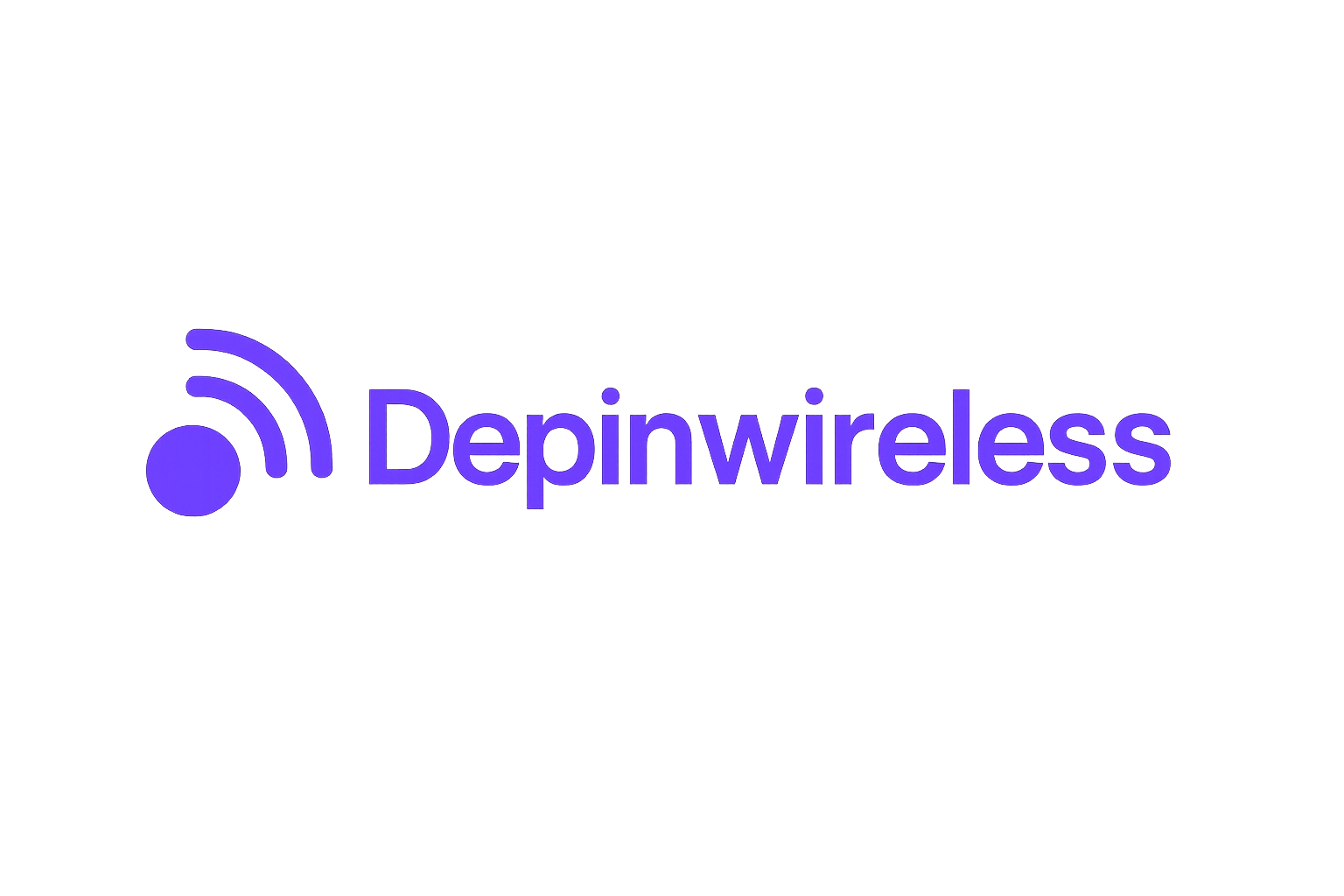
Bittensor ($TAO) has rapidly emerged as the flagship of decentralized AI networks, making waves in both the crypto and machine learning communities. As of November 2025, its market capitalization is surging near $5 billion, with a current price of $330.33. But numbers only tell part of the story. At its core, Bittensor is transforming how AI models are created, shared, and rewarded – all powered by blockchain technology.
Bittensor’s Architecture: Decentralized AI at Scale
Unlike centralized AI platforms controlled by a handful of tech giants, Bittensor operates as an open network where anyone can contribute or access machine learning models. The network is structured around 128 subnets (up from 93 earlier this year), each focused on a specific domain – from fraud detection to on-device edge AI and natural language processing. These subnets act as competitive arenas where miners run their models and are rewarded in TAO tokens based on performance.
This permissionless approach enables rapid innovation while maintaining transparency and fairness. The result? A vibrant ecosystem where both hobbyists and institutions can participate in building the future of AI.
Mining $TAO in 2025: Substrike, NuanceSubnet and New Onramps
This year saw major advances in how users engage with Bittensor’s network. With the launch of Substrike on Inspect. xyz, mining $TAO has become more accessible than ever, no specialized hardware required. Users simply connect online, complete tasks like posting about decentralized AI topics via platforms like NuanceSubnet, and start earning TAO rewards almost instantly.
This frictionless onboarding has fueled grassroots adoption, and it’s not just individuals joining the movement. Institutional players are taking notice too; custody providers like BitGo, Copper, and Crypto. com have integrated with Yuma validators to offer secure access for larger stakeholders.
$TAO Halving Event: Scarcity Meets Utility
The upcoming halving event on December 12,2025 will reduce daily emissions from 7,200 to 3,600 TAO, introducing programmed scarcity similar to Bitcoin’s halving cycles. This event is already shaping market sentiment as investors anticipate increased value for existing tokens and greater security for long-term participants.
But scarcity alone doesn’t drive utility. What sets Bittensor apart is its ability to incentivize real-world contributions to decentralized neural networks, rewarding those who help train or serve high-performing models that benefit the entire ecosystem.
Bittensor (TAO) Price Prediction 2026-2031
Professional forecast post-December 2025 halving, reflecting decentralized AI adoption and market dynamics.
| Year | Minimum Price | Average Price | Maximum Price | YoY Change (Avg %) | Key Scenario Insights |
|---|---|---|---|---|---|
| 2026 | $250.00 | $370.00 | $520.00 | +12% | Post-halving scarcity; brief volatility as miners adjust. Early institutional inflows. |
| 2027 | $290.00 | $440.00 | $680.00 | +19% | AI adoption surges; subnet expansion. Regulatory clarity boosts confidence. |
| 2028 | $330.00 | $520.00 | $900.00 | +18% | Mainstream AI integration; major partnerships. Potential first major correction. |
| 2029 | $410.00 | $615.00 | $1,150.00 | +18% | Sustained growth driven by decentralized AI demand. Increased competition emerges. |
| 2030 | $500.00 | $720.00 | $1,350.00 | +17% | Mature ecosystem; TAO becomes a core infrastructure asset for AI/ML. |
| 2031 | $600.00 | $830.00 | $1,600.00 | +15% | Full-scale institutional adoption; possible regulatory hurdles and global expansion. |
Price Prediction Summary
Bittensor (TAO) is positioned for significant long-term growth as decentralized AI networks see increasing adoption. The December 2025 halving introduces supply scarcity, which, combined with expanding use cases and institutional interest, supports a progressive price outlook. While volatility and corrections are expected, the overall trajectory remains bullish, especially if decentralized AI continues to disrupt traditional AI models.
Key Factors Affecting Bittensor Price
- Post-halving supply reduction creating scarcity and upward price pressure.
- Rapid expansion of Bittensor subnets and decentralized AI use cases.
- Growing institutional adoption and custody solutions.
- Potential for mainstream AI integration and major industry partnerships.
- Regulatory changes in crypto and AI sectors.
- Emergence of competitors and alternative decentralized AI projects.
- General crypto market cycles and risk appetite.
Disclaimer: Cryptocurrency price predictions are speculative and based on current market analysis.
Actual prices may vary significantly due to market volatility, regulatory changes, and other factors.
Always do your own research before making investment decisions.
Why Institutions Are Flocking to Blockchain-Powered AI Networks
The convergence of blockchain and artificial intelligence isn’t just hype, it’s a structural shift that addresses real pain points in data privacy, model ownership, and reward distribution. By leveraging cryptographic incentives through $TAO tokens, Bittensor ensures that model creators retain control over their work while being fairly compensated for its use across the network.
- Decentralized wireless AI in 2025: With new mining methods like Substrike lowering entry barriers, we’re seeing a surge in global participation, including from emerging markets previously excluded from centralized platforms.
- Network resilience: By distributing both data storage and computation across hundreds of independent nodes (subnets), Bittensor dramatically reduces single points of failure, making it ideal for mission-critical applications like fraud detection or IoT device management.
- Permissionless innovation: Anyone can propose or deploy new models without gatekeepers, accelerating breakthroughs at a pace traditional R and D pipelines struggle to match.
This institutional momentum is further amplified by the recent partnership between Bittensor and Inspect (INSP), which brings Layer 2 scalability and new mining mechanics to the ecosystem. The integration unlocks a seamless bridge for both retail and enterprise users to participate in decentralized AI, while also improving transaction throughput and reducing costs for subnet operators. As a result, Bittensor’s architecture is not only more robust, but also increasingly attractive to organizations looking for transparent, auditable AI infrastructure.

The Real-World Impact of Decentralized Neural Networks
The power of blockchain-based neural networks lies in their ability to democratize access to AI. Traditional machine learning models are often siloed within corporate walls, limiting collaboration and stifling innovation. On Bittensor, however, open participation means that cutting-edge models can be trained using diverse global data sets, improving accuracy, reducing bias, and enabling use cases that centralized players struggle to address.
Take fraud detection as an example: Subnets dedicated to financial security can rapidly iterate on new threat vectors as they emerge worldwide. Similarly, edge AI subnets are fueling smarter IoT devices by allowing real-time learning without relying on centralized servers or exposing sensitive user data.
Community-driven development is another hallmark of the Bittensor ecosystem. Active governance ensures that proposals for new subnets or protocol upgrades are vetted by stakeholders rather than dictated from above. This collaborative spirit keeps the network agile while aligning incentives across miners, validators, and end-users.
What’s Next? Bittensor’s Roadmap Beyond 2025
With $TAO currently trading at $330.33, all eyes are on how the halving will impact both price dynamics and network participation post-December 12th. While no one can predict with certainty how markets will react, one thing is clear: Bittensor’s combination of scarcity-driven tokenomics and real-world utility positions it as a cornerstone of decentralized wireless AI in 2025 and beyond.
Looking ahead, expect further expansion in subnet diversity, think medical diagnostics, supply chain intelligence, or even decentralized content moderation. The continued rollout of permissionless mining via platforms like Inspect. xyz will only accelerate adoption as more users discover how easy it is to contribute value (and earn rewards) within this open ecosystem.
For those following the intersection of blockchain-based neural networks and decentralized wireless infrastructure, Bittensor offers a front-row seat to the next era of connectivity, one where anyone with an internet connection can help shape (and profit from) tomorrow’s most powerful AI systems.
If you want a deeper dive into how TAO mining works on web3 networks or want to explore technical guides for getting started with Substrike or NuanceSubnet, check out our comprehensive overview at this resource.




